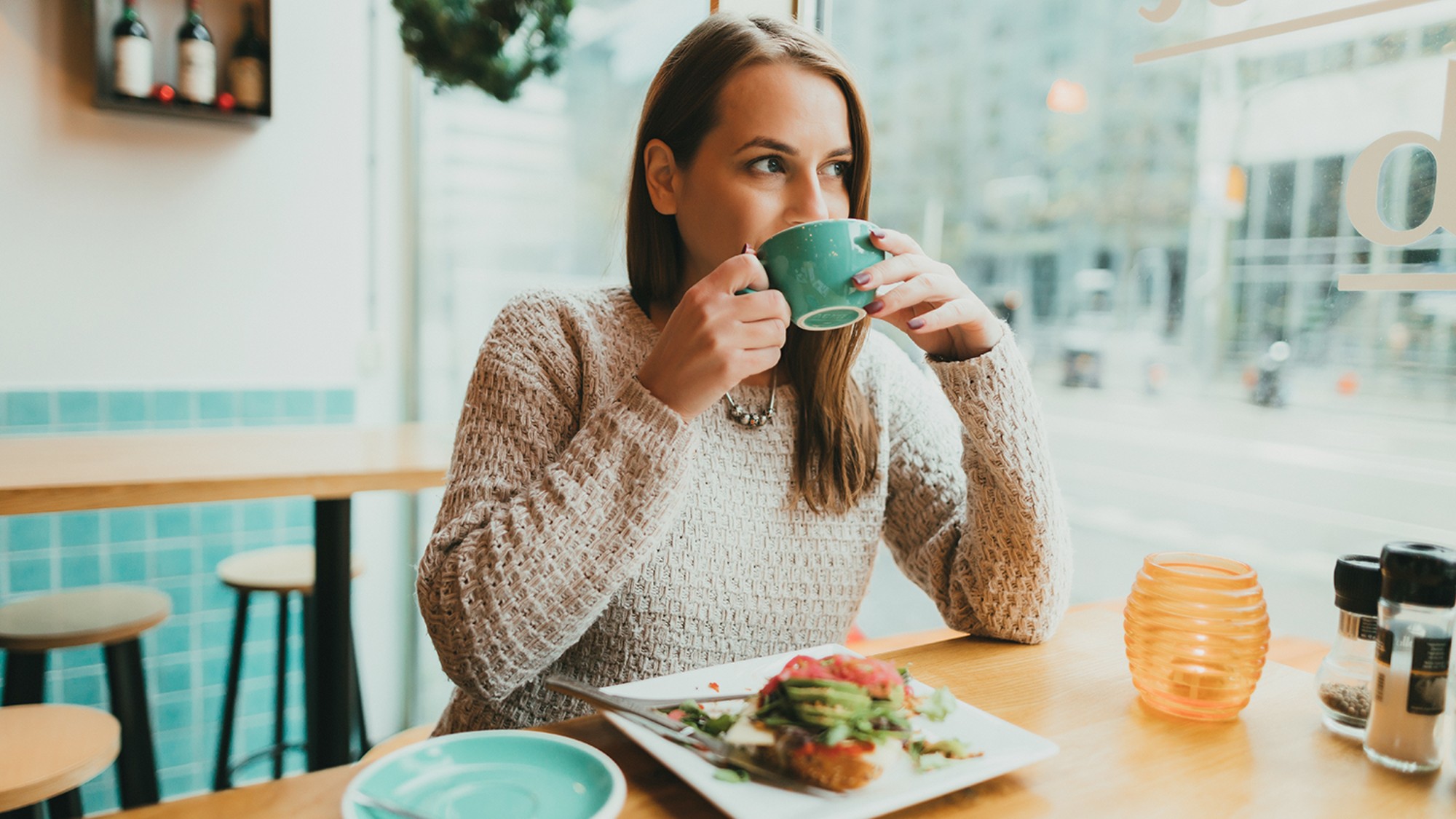Cézanne at the Tate Modern: ‘breathtaking’ and ‘hypnotically absorbing’
This ‘nigh-on note-perfect’ exhibition demonstrates how the painter turned art on its head

There is an “essential paradox” to the work of Paul Cézanne, said Alastair Sooke in The Daily Telegraph. Taken at face value, his pictures look rather “traditional”: the portraits, landscapes and still lifes he favoured all appear to be solidly representational, depicting identifiable objects, figures and motifs rather than anything that could immediately be considered radical. Yet at the same time, he is held up as “the alpha and omega of modern art”; indeed, no less a figure than Pablo Picasso described him as “the father of us all”.
Although his innovations might not be clear to the layman at first glance, Cézanne (1839-1906) “desecrated” many “sacred pictorial conventions that had lingered since the Renaissance”, doing away with linear perspective and making use of “anti-illusionistic effects”, such as leaving patches of canvas completely bare. Quite how groundbreaking this really was is made abundantly clear in this “nigh-on note-perfect” new exhibition at Tate Modern. Bringing together dozens of works from every stage of Cézanne’s career, it is “a show of diligent, detailed scholarship that provides a cornucopia of pleasures for the eyes as well as the mind”. In its sweep, it demonstrates how the painter turned art on its head and “invites us to consider him afresh”. It all adds up to something “ravishing” and “totally compelling”.
The first half of the show is devoted to Cézanne’s early efforts, said Hettie Judah in The i Paper. Born in Provence, he moved to Paris as a young man with the intention of astonishing the French capital’s art world. It shows: many of his “brilliantly odd less-known paintings” explore decidedly “lurid themes”. The Murder (1867-70), for instance, is a night scene depicting “a woman being held to the ground as a man lunges across her body, knife held aloft”.
The Week
Escape your echo chamber. Get the facts behind the news, plus analysis from multiple perspectives.

Sign up for The Week's Free Newsletters
From our morning news briefing to a weekly Good News Newsletter, get the best of The Week delivered directly to your inbox.
From our morning news briefing to a weekly Good News Newsletter, get the best of The Week delivered directly to your inbox.
It’s “conventional to tell a story of Cézanne’s development from such turbulent early work to his calm, disciplined later achievement”, said Jonathan Jones in The Guardian. But his great works, often seen as ultra-serious “philosophical conundrums”, are also playful, sly and touching. In his still lifes, fruit is amassed in piles that couldn’t “possibly be static in the way he shows them”. Cézanne’s bottles and plates teeter in positions that undermine the laws of physics; he plays “boules in curved space-time with his apples”.
In old age, Cézanne “achieved ever greater amplitude and richness”, said Jackie Wullschläger in the FT. Witness, for instance, the nine views of Mont Sainte-Victoire in Provence that are featured here – from “a calm, crystalline panorama” reminiscent of Poussin, to a “rhapsodic” late work that depicts the mountain “surging while also appearing to glide on the ground”, and the land in front of it melting into “gold-green dabs”.
Tellingly, we see many paintings that were once owned by fellow artists: 1878’s The Sea at L’Estaque behind Trees, a “pre-cubist structure of staggered houses on a hill”, once belonged to Picasso; Scipio (1867), depicting a black figure with “rippling muscles”, used to hang in Monet’s dressing room. This show tells “the foundational story of modern art” – a “hypnotically absorbing” drama of “one man reinventing the possibilities of paint”. Seeing all these works in one place is “breathtaking, baffling, intensely pleasurable”. “Tate Modern has never had an exhibition so splendid.”
A free daily email with the biggest news stories of the day – and the best features from TheWeek.com
-
 7 bars with comforting cocktails and great hospitality
7 bars with comforting cocktails and great hospitalitythe week recommends Winter is a fine time for going out and drinking up
-
 7 recipes that meet you wherever you are during winter
7 recipes that meet you wherever you are during winterthe week recommends Low-key January and decadent holiday eating are all accounted for
-
 Nine best TV shows of the year
Nine best TV shows of the yearThe Week Recommends From Adolescence to Amandaland
-
 Nine best TV shows of the year
Nine best TV shows of the yearThe Week Recommends From Adolescence to Amandaland
-
 Winter holidays in the snow and sun
Winter holidays in the snow and sunThe Week Recommends Escape the dark, cold days with the perfect getaway
-
 The best homes of the year
The best homes of the yearFeature Featuring a former helicopter engine repair workshop in Washington, D.C. and high-rise living in San Francisco
-
 Critics’ choice: The year’s top 10 movies
Critics’ choice: The year’s top 10 moviesFeature ‘One Battle After Another’ and ‘It Was Just an Accident’ stand out
-
 A luxury walking tour in Western Australia
A luxury walking tour in Western AustraliaThe Week Recommends Walk through an ‘ancient forest’ and listen to the ‘gentle hushing’ of the upper canopy
-
 Joanna Trollope: novelist who had a No. 1 bestseller with The Rector’s Wife
Joanna Trollope: novelist who had a No. 1 bestseller with The Rector’s WifeIn the Spotlight Trollope found fame with intelligent novels about the dramas and dilemmas of modern women
-
 Appetites now: 2025 in food trends
Appetites now: 2025 in food trendsFeature From dining alone to matcha mania to milk’s comeback
-
 Man vs Baby: Rowan Atkinson stars in an accidental adoption comedy
Man vs Baby: Rowan Atkinson stars in an accidental adoption comedyTalking Point Sequel to Man vs Bee is ‘nauseatingly schmaltzy’